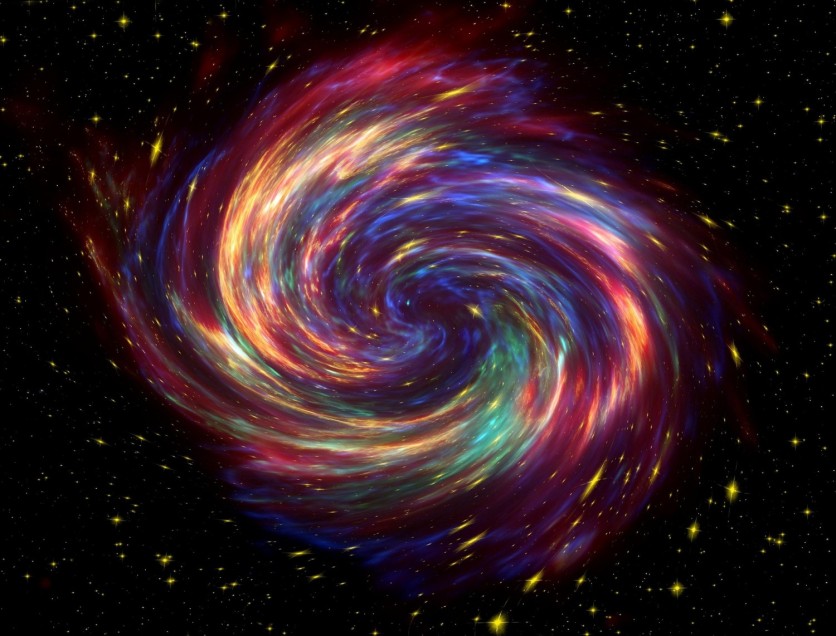Astronomers have observed a Sun-like star in the Milky Way expanding to engulf one of its planets, giving direct evidence of a dying star's interaction with its surrounding planetary system.
The observation was made possible with the Gemini South Adaptive Optics Imager (GSAOI) on Gemini South, and the event was discovered in a "long and low-energy" outburst from the star located approximately 13,000 light-years from Earth.

A Glimpse at Earth's Fate?
Astronomers believe this event, which only occurs a few times each year across the entire Milky Way, is similar to what will happen to Earth, Venus, and Mercury when our Sun commences its death throes in about five billion years, according to astronomers.
Throughout the majority of its lifespan, a star undergoes hydrogen fusion to produce helium in its compact, heated core, which helps counterbalance the crushing force from its outer layers. Eventually, as the core exhausts its hydrogen fuel, the star progresses to fusing helium into carbon, transforming it into a red giant.
However, astronomers note that this transformation can be unfavorable for any planets situated in the inner system. As the star expands and engulfs the planets in its vicinity, an enormous burst of energy and material ensues due to their interaction, ultimately causing the planets to lose velocity and plummet toward the star.
ZTF SLRN-2020, a phenomenon depicting the aforementioned occurrence, was observed and verified using NASA's Near-Earth Object Wide-field Infrared Survey Explorer (NEOWISE), an archival infrared survey that detects transient events and outbursts in dusty environments.
"Our team's custom reanalysis of all-sky infrared maps from NEOWISE exemplifies the vast discovery potential of archival survey data sets," said NOIRLab astronomer Aaron Meisner, a co-author of the paper.
The task of identifying a planetary-engulfment outburst and differentiating it from other types of outbursts, like solar flares or coronal mass ejections, can pose a challenge, as it demands precise and high-resolution observations to pinpoint the outburst's location and obtaining long-term measurements of its brightness, free from interference caused by adjacent stars.
However, Gemini South, thanks to its adaptive-optics capabilities, successfully delivered this essential data.
Read Also : Starry Pair: NASA's Hubble Captures Stunning Portrait of Spiral Galaxies Resembling Milky Way
100-day Long Outburst
During the 100-day-long outburst caused by the planetary engulfment, approximately 33 Earth masses of hydrogen and 0.33 Earth masses of dust were ejected.
Based on the team's analysis, they estimated that the progenitor star was between 0.8 to 1.5 times the mass of our Sun, and the engulfed planet was between 1 to 10 times the mass of Jupiter.
These estimates give astronomers valuable parameters to search for similar events occurring in other parts of the universe.
The event provides a new perspective on studying the billions of stars in our Milky Way that have already consumed their planets.
This discovery is a remarkable example of what can be achieved by combining world-class telescope operations and cutting-edge scientific collaboration.
The findings of the team were published in the journal Nature.
Related Article : Astronomers Map the 'Poor Old Heart' of the Milky Way Galaxy Brimming with 2 Million Metal-Poor Stars

ⓒ 2025 TECHTIMES.com All rights reserved. Do not reproduce without permission.




